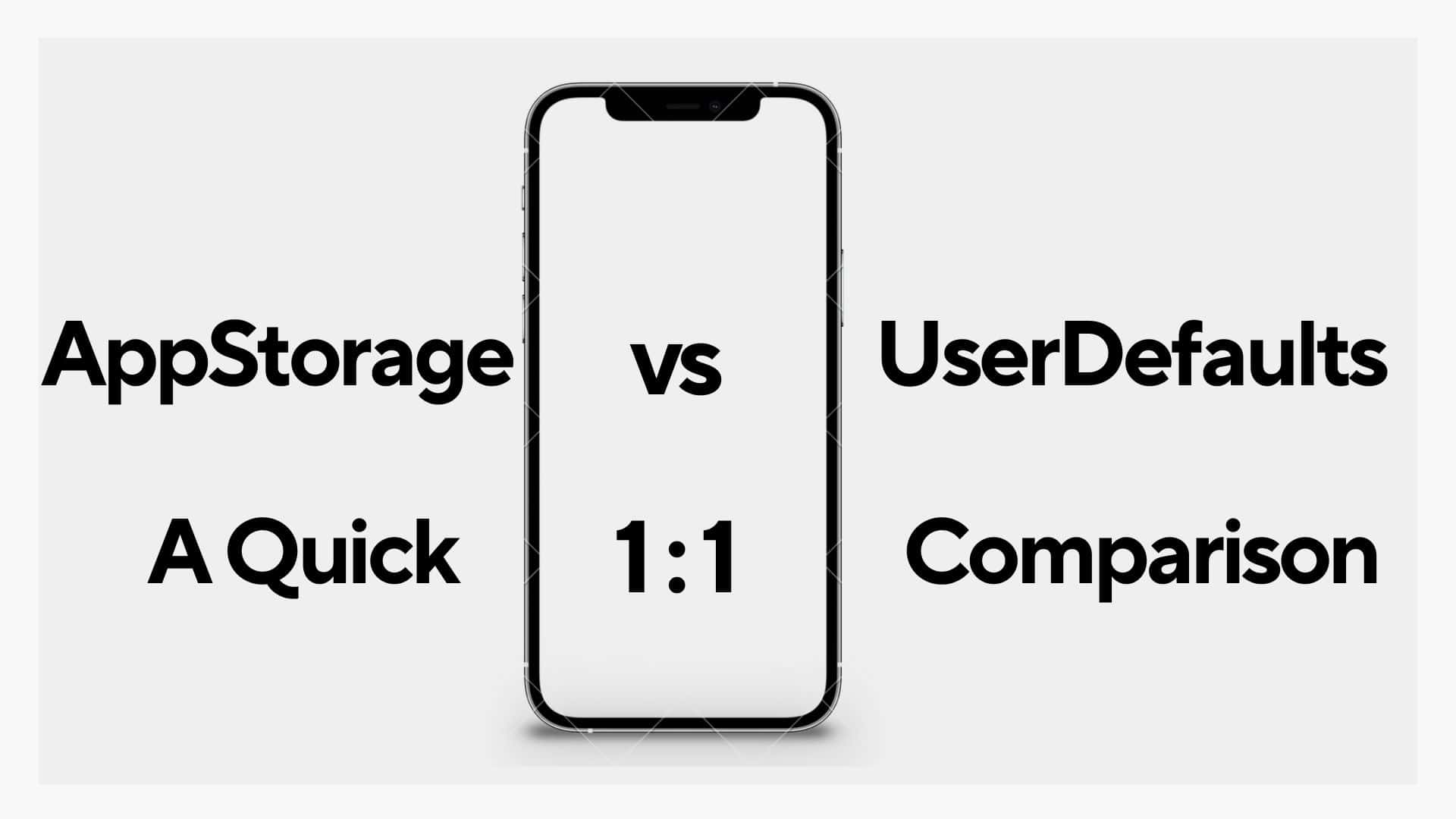AppStorage vs UserDefaults - Storing Data in Swift

Both AppStorage and UserDefaults are used in Swift to store user preferences or small amounts of data, but they serve different purposes and are used in slightly different contexts.
1. AppStorage
- Introduced in: SwiftUI
- Purpose:
AppStorageis a property wrapper that integrates withUserDefaultsbut is designed to work seamlessly with SwiftUI. It allows you to bind a user default value directly to a SwiftUI view. - Use Case: Ideal for storing simple data that is directly linked to a view, such as user preferences (like theme selection, username, etc.). Changes to an
AppStoragevariable automatically update the UI. - Syntax:
@AppStorage("username") var username: String = "Guest"This creates a binding between the username stored in UserDefaults and your SwiftUI view.
Example using AppStorage
struct ContentView: View {
@AppStorage("username") var username: String = "Guest"
var body: some View {
Text("Welcome, \(username)!")
Button("Change Username") {
username = "NewUser"
}
}
}When the username is updated, the UI will reflect the change automatically.
2. UserDefaults
- Introduced in: Foundation framework
- Purpose:
UserDefaultsis a standard API for storing user preferences and settings. It's been around for a long time and is used across iOS, macOS, watchOS, and tvOS. - Use Case: Used for storing and retrieving persistent key-value pairs across the entire app. It's suitable for non-UI-related settings or data that you need to access from multiple parts of your app.
- Syntax:
let defaults = UserDefaults.standard
defaults.set("Guest", forKey: "username")
let username = defaults.string(forKey: "username")Example using UserDefaults
struct ContentView: View {
@State private var username: String = UserDefaults.standard.string(forKey: "username") ?? "Guest"
var body: some View {
Text("Welcome, \(username)!")
Button("Change Username") {
UserDefaults.standard.set("NewUser", forKey: "username")
username = "NewUser"
}
}
}Here, the UI needs to be manually updated when the username is changed.
Comparison and When to Use Which
AppStorage: Best for use in SwiftUI when you want a simple, declarative way to bind user settings or preferences to your views.UserDefaults: Use this for storing and retrieving settings or preferences across different parts of your app, especially if they are not directly tied to UI components or if you need to interact with the data from non-SwiftUI code.